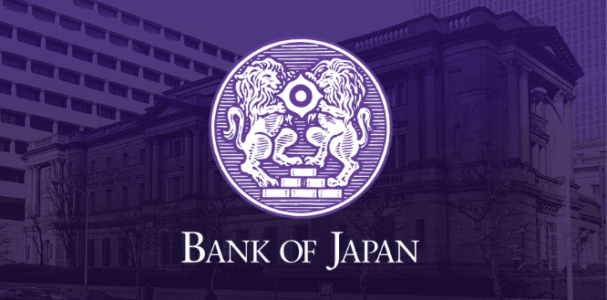Ex-BOJ economist Eiji Maeda predicts gradual steps toward monetary policy normalization.
TOKYO: The Bank of Japan (BOJ) may terminate its negative interest rate policy as early as April, but any further steps toward normalizing its ultra-loose monetary stance are expected to be gradual, according to former BOJ executive and chief economist Eiji Maeda.
Speaking at a news conference on Wednesday, Maeda noted that Japan has already met the BOJ’s conditions for policy normalization, with wage and price increases becoming more widespread. “We’re clearly seeing changes in Japan’s price moves,” he remarked, pointing to the economy’s ongoing recovery from a 25-year deflationary period. “An endogenous, sustainable rise in inflation is kicking off,” he added.
Maeda suggested that the BOJ could decide to end its negative interest rate policy in April if it anticipates inflation remaining near the 2% target through fiscal 2026. However, he cautioned that such a move would depend heavily on economic developments leading up to that time.
A Slow Path to Rate Hikes
Following the removal of negative rates, Maeda predicts a cautious approach to subsequent rate hikes, contrasting sharply with the aggressive tightening seen in the United States and Europe.
“Theoretically, there’s room to raise short-term interest rates to 2%,” he said. “But the BOJ will likely monitor the impact of ending negative rates to prevent a sudden spike in long-term interest rates.”
Maeda also downplayed the potential impact on Japan’s currency, stating that the yen is unlikely to strengthen significantly even if the negative interest rate policy ends. He estimates that the yen might rise modestly to around 130 against the dollar by the end of the year, but further appreciation is unlikely due to the expected slow pace of rate increases.
Economic Outlook
The BOJ’s approach comes amid signs of inflation stabilizing near its 2% target, driven by a broader recovery in wages and consumer prices. The cautious strategy underscores the central bank’s focus on maintaining stability in financial markets while avoiding abrupt shifts that could destabilize the economy.
As the BOJ moves toward a new monetary policy phase, analysts and policymakers will closely monitor its steps, with global implications for markets and currencies tied to Japan’s unique economic landscape.








